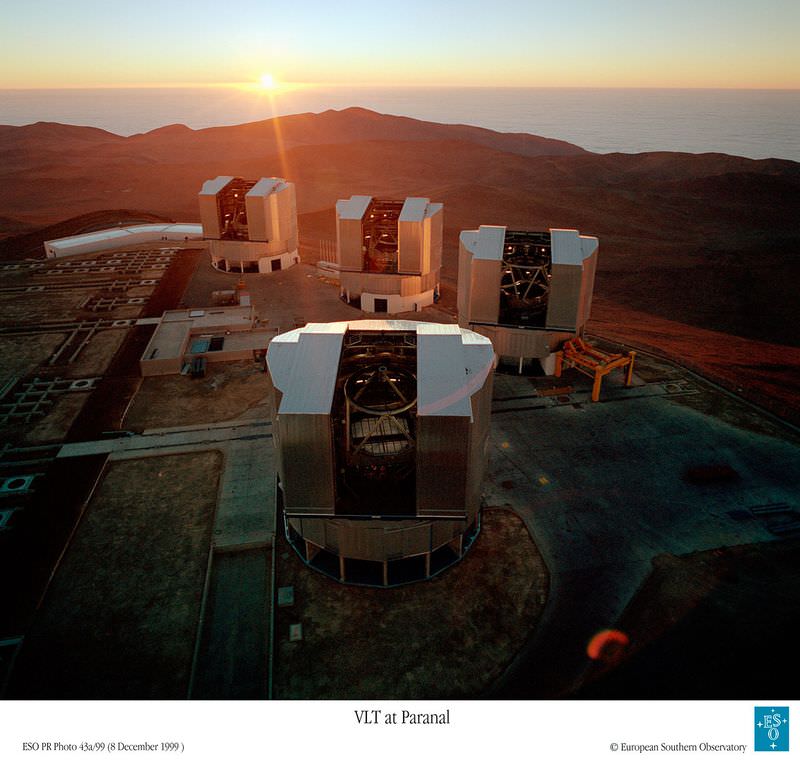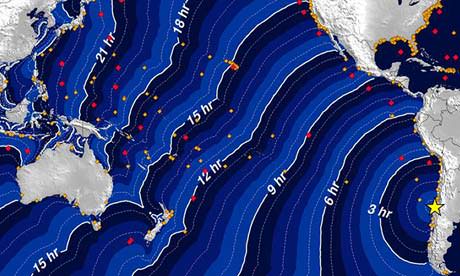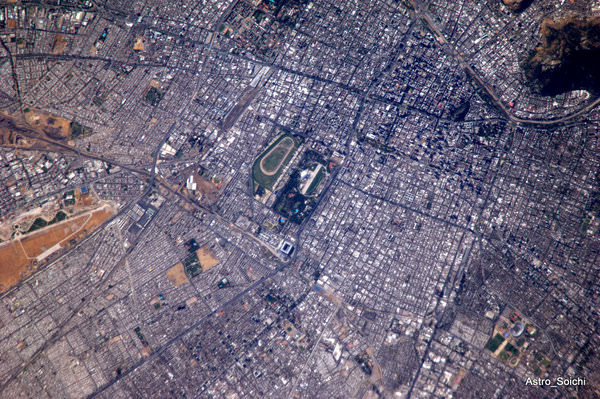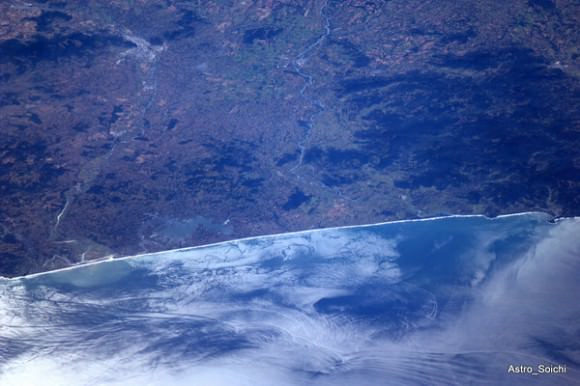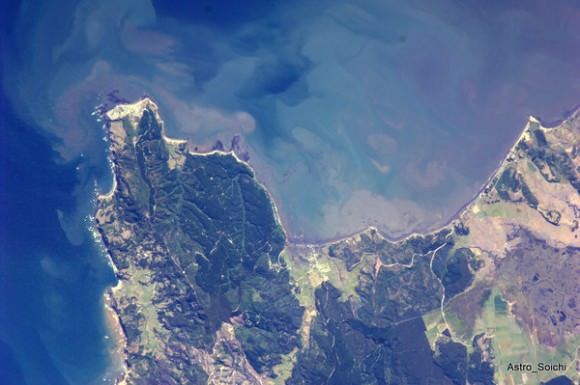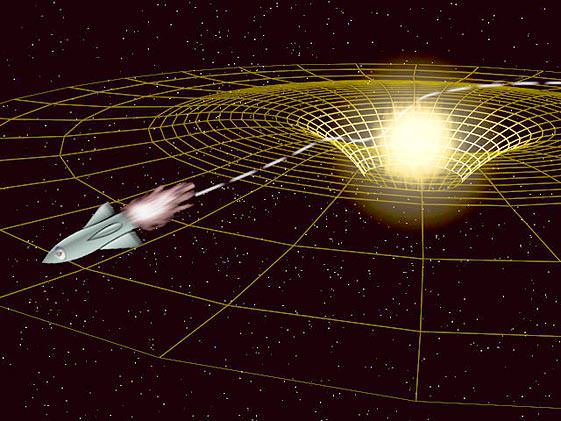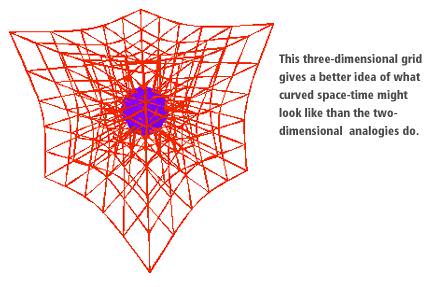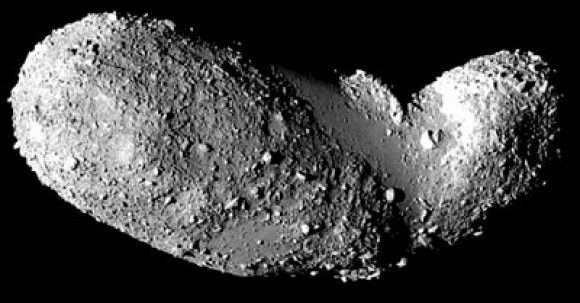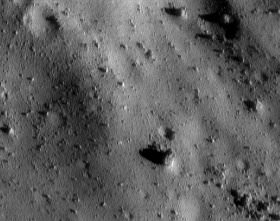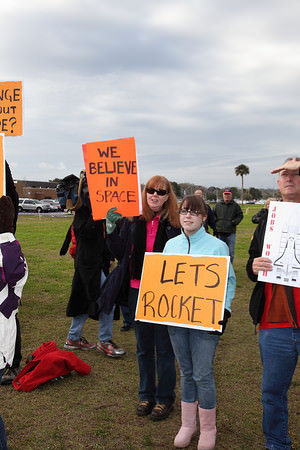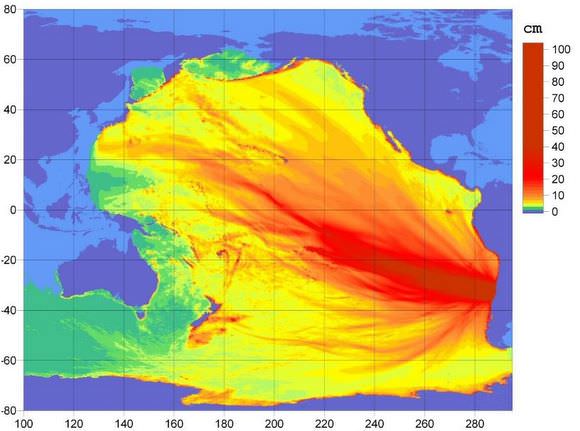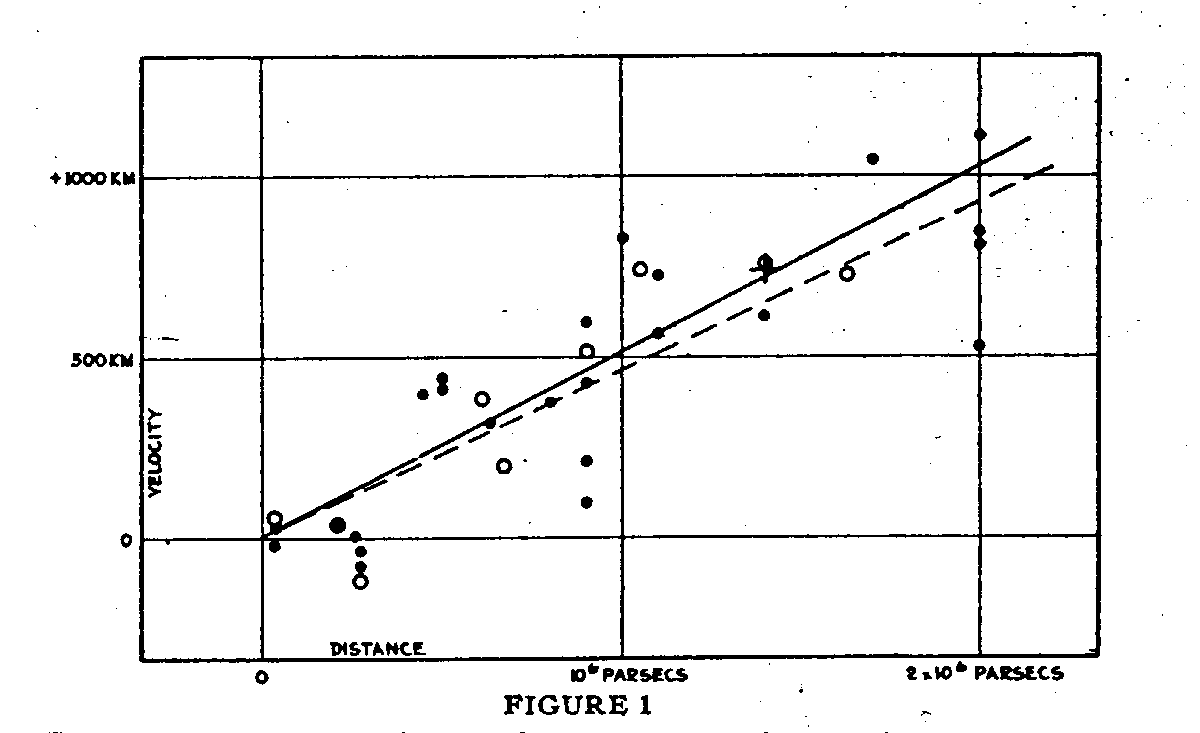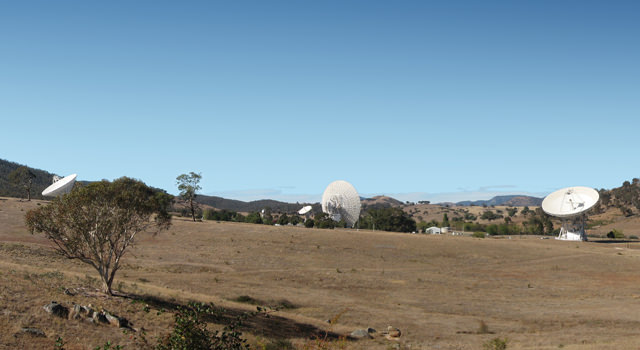[/caption]
The European Southern Observatory, which has several telescopes housed in the mountains of Chile, issued a press release that none of the observatories suffered any damage, and they have no reports of any staff that were injured or killed in the magnitutde 8.8 earthquake that struck central Chile on February 27, 2010:
Despite being the 7th strongest earthquake ever recorded worldwide, the ESO observatory sites did not suffer any damage, partly as they are engineered to withstand seismic activity and partly due to their distances from the epicentre. At La Silla, a power cut caused observations to stop during the night. Paranal Observatory, the APEX telescope and the ALMA Operations Support Facility and Array Operations Site were unaffected.
Additionally, the Gemini South Observatory posted on their website that they experienced no significant damage:

Gemini was fortunate that there were no significant structural damages to any of our facilities. The earthquake disrupted observations on early Saturday morning for less than 30 minutes. Subsequent operations have been essentially normal with the exception of Internet connectivity. We are dealing with communications and minor power inconsistencies that should be solved once general Chilean infrastructure issues are resolved. The temblor struck about 700 kilometers south of Gemini South which is on Cerro Pachón.
ESO reported that they are experiencing power outages and network interruptions, which means that communication may be limited. “Disruption to staff travel plans within, to, and from Chile should be expected. We urge Visiting Astronomers with observations planned at ESO observatories to put their trips to Chile on hold until further notice. International flights to and from Santiago International Airport are currently either cancelled or diverted. Information about observing programmes will be provided at a later date,” the press release said.
Other observatories in Chile include Cerro Tololo (CTIO) and SLOOH. The servers for the websites for these observatories were down on Saturday, but are now back up.
The SLOOH Twitter account reported late Sunday that their observatory has no power but scope, pier and dome appear to be OK. “Won’t know more until power is restored,” they said.
Update (3/1/2010): Mark T. Adams from NRAO sent this report via Facebook (thanks to Richard Drumm for forwarding it on to UT!):
“We’ve been able to contact or have heard from most of our staff based in or visiting Chile, and we are relieved to report that there appear to be no injuries to our staff or their families. Communication remains very difficult: land-lines, cell-phones, and the Internet are intermittent and unreliable.
“The ALMA Array Operations Site and Operations … See MoreSupport Facilities in northern Chile suffered no damage other than loss of communications. It may take a few days for the completion of a safety inspection of the NRAO/AUI and JAO offices in Santiago, which suffered some damage.”
The earthquake epicentre was 115 km north-northeast of the city of Concepción and 325 km south-west of the capital Santiago. The earthquake caused significant casualties and damage in the country.
Source: ESO, Gemini South

